Last Updated on January 2, 2024 by Alex Koch
Choosing the perfect window tint darkness for your vehicle
Window tint for automobiles comes in a variety of different tint levels. Automobile owners usually choose window tint levels based on a few different factors, such as state laws, visibility, and style.
It’s important to select tint darkness levels for your car windows based on your state of residence which follows the VLT (Visible Light Transmission) rules that apply in the state of your vehicle’s registration.
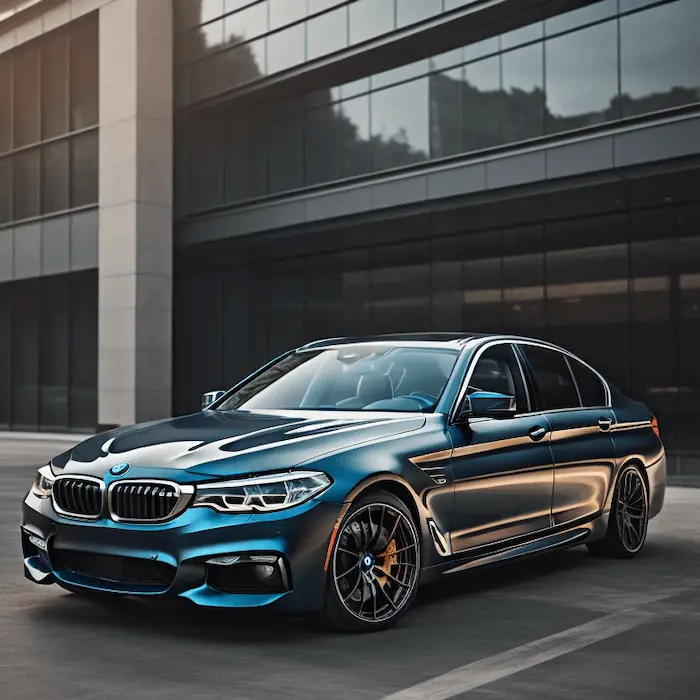
Choosing legal window tint levels could be the difference between a fine and a ticket, or a smooth, easy driving experience.
You’ll also need to review the tint darkness scale before installing tint on your vehicle to ensure that it provides enough visibility while reducing glare, and interior heat, and offers the style or look you’re going for.
For example, some drivers prefer reflective window tint.
This article reviews different levels of tint that you can select for your car windows, as well as provides a few considerations for how to choose window tint darkness and which factors to consider.
Provided below are a tint darkness scale, an explanation of the levels of window tint, and some examples of tint darkness percentages so you can make an educated decision when it comes to installing window tint film on your car windows.
What are the different window tint levels?
- Tint levels for car windows exist on a wide spectrum. The car tint darkness levels range from 10% tint darkness to 90% tint darkness.
- This percentage is a value that expresses how much visible light passes through the window tint film, also known as Visible Light Transmission (VLT.)
- Each driver will have a different preference for car tint levels depending on how much or little VLT they would like inside their vehicle.
On one hand, light window tint will block some heat and glare, but only minimally reduces heat on the inside of the vehicle.
On the other hand, dark window tint blocks out more heat, and harmful UV ray intrusion, and reduces glare. Plus, it provides a greater level of privacy and offers a stylish look.
Tips for Choosing the Best Tint Percentage
When installing tint on your car windows, or having window tint professionally installed on your car windows, you’ll have to select the degree of tint darkness you’re looking for.
It’s imperative to research state laws for the darkness legal window tint percentage applicable in the state where your vehicle is registered, as well as the bordering states, or other states you plan to drive the car through.
Keep these factors in mind before selecting the car tint darkness to install on your automobile.
Legal Window Tint Percentage For Your State
Some states have strict window tint laws.
This may mean that only a certain spectrum of tint levels for car windows is permissible, usually 50% VLT or more.
Other states have more flexible car tint darkness laws.
Take time to research the window tint laws in your state and make a sensible decision that accommodates the legal window tint levels in your state.
If you plan on crossing state lines with tinted windows, here are more resources on what you need to know.
Visible light transmission (VLT %)
Tint films are categorized by how much visible light can pass through the tint film.
- Tint levels vary from 10%-90% which means anywhere between 10%-90% of light is filtered, based on the window tint levels you select.
- The lower the number the less light can penetrate according to the tint darkness scale.
- If you will be driving at night, it may be hard to see through extreme tint darkness levels.
If you desire to have most of the light blocked out, or prefer a certain type of privacy for inside the cabin of your vehicle, a darker tint level may work best for your car.
Style
Some drivers prefer a sedate look when it comes to window tint darkness, and opt for a light to mid-range window tint level.
Other drivers opt for very dark levels of tint because it creates a sporty look for the vehicle.
The added benefit of dark tint is that in addition to creating a stylish look for your car, it also blocks out harmful UV rays from the sun, and reduces glare while driving the car during the day.
Plus, you will have a more private experience inside your car, since other drivers will not be able to easily see inside.
Tint Film Quality
Regardless of the tint darkness you select, one of the most important things is to choose a tint film that is top quality, and from a well-known brand.
- If you are having the film installed by a professional tinting shop, make sure to ask them what tint film suppliers they use.
- You want to avoid any films that are known that have a short ‘shelf-life’ as these options will leave your vehicle tint looking poor and you may even need to replace it, costing you more in the long run.
- Making the smart choice to use professional-level window tint film means your car will look better for longer.
This investment will have your car saving energy, blocking out more sun, and providing an overall better quality window tint.
Tint Darkness Scale Options
The tint darkness scale is a measure of how dark window tint film is.
Tint darkness depends on how much visible light can pass through the film. This measure is called Visible Light Transmission (VLT) and is expressed in a percentage.
- The percentage defines exactly what portion of sunlight can enter through the film into the vehicle.
- The amount of light that can penetrate the tint film should provide drivers enough visibility to see clearly out the vehicle windows, day or night.
What are the different levels of window tint?
Tint levels for cars vary from 10% visibility (VLT) to 90% visibility (VLT.)
Consult with a professional tint installation company and review state window tint laws in your area before installing tints on your vehicle.
Some tint companies will provide a small sample of tint that you can apply as a patch on your windshield.
This will give you a better idea of how effective the tint-level darkness is, and if it blocks glare, heat, or UV light to a degree that serves you.
It will also give you a chance to determine if the darkness level provides the style and look of the vehicle that you desire.
Window Tint Percentage Examples
Window tint darkness examples include private vehicles like limousines and armored trucks at the darkest end of the tint level spectrum.
- Clear car windows, as often found on buses and taxis, represent the light end of the spectrum— they are easy to see through.
- Most new cars are sold with no tint on the driver and passenger windows and very low percentages of tint levels on back passenger windows.
These light tint films ensure that the vehicle meets legal tint darkness scale limits in almost all U.S. states, but may not be as effective at blocking out glare, offering privacy, or style. Tinting the front windshield will also depend on the dealership and car make and model.
Window Tint Percentage Chart (With Pictures)
Below are actual examples of different window tint percent films applied to car windows.
The pictures range from 70% VLT film all the way down to 5% window tint film (limo tint).
*Note, the pictures are estimates intended for conceptual reference.
70 % Tint
This car has a window tint percentage of 70 tint. Which is helpful in keeping out UV rays and heat. The 70 window tint on the car allows 70% of the light to pass through.
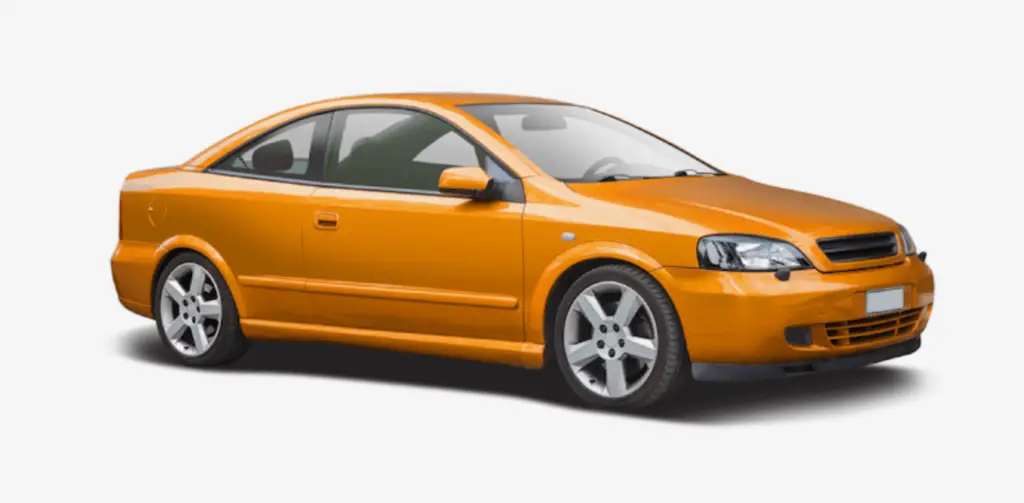
50% Tint
This car has a window tint percentage of 50 tint. Which is efficient in keeping out UV rays and heat.
The 50 window tint on the car allows 50% of the light to pass through.
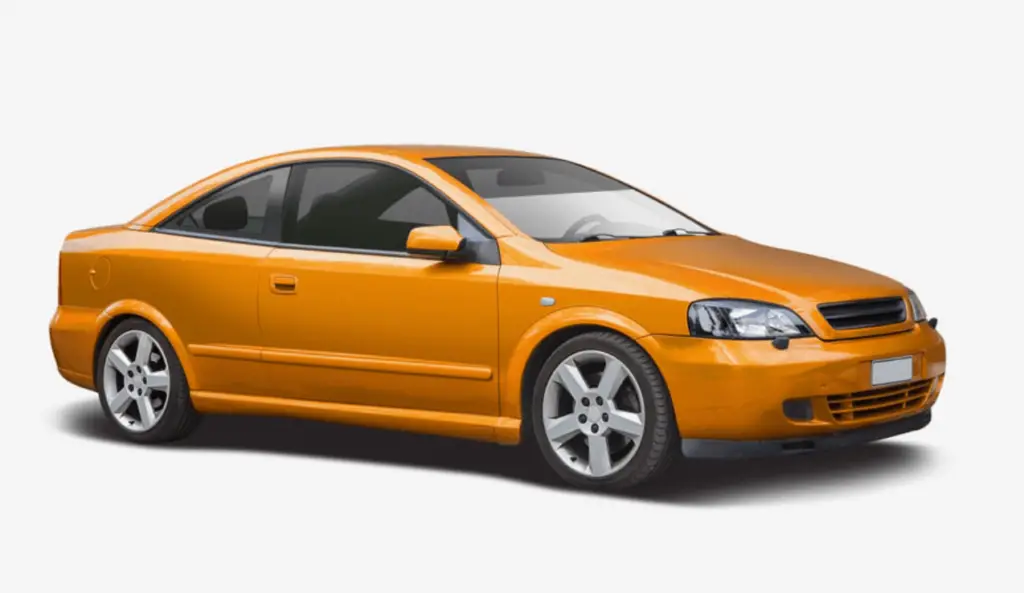
35 % Tint
This car has a window tint percentage of 35 tint. Which is very effective in keeping out UV rays and heat.
The 35 window tint on the car allows 35% of the light to pass through.
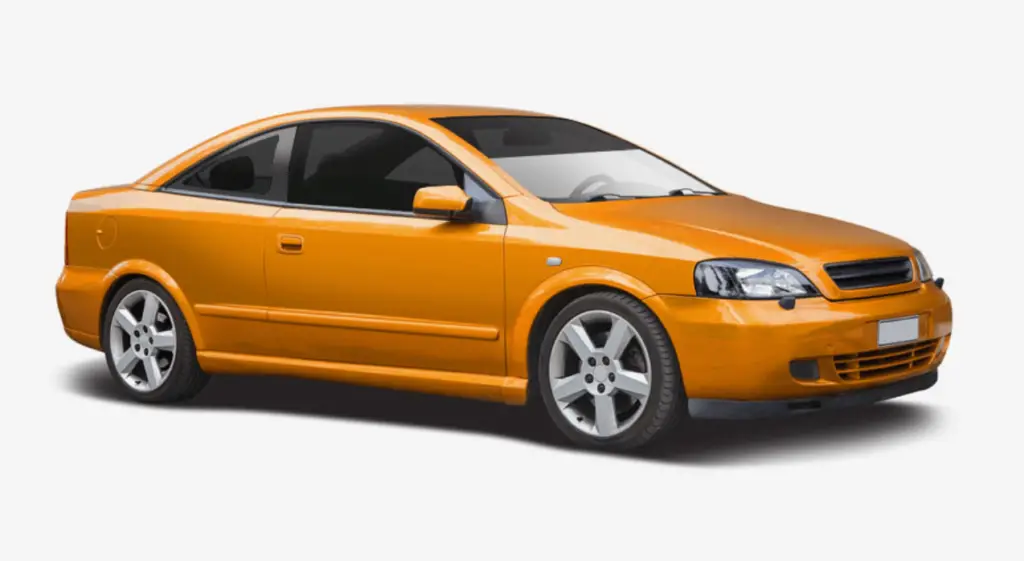
25% Tint
This car has a window tint percentage of 25 tint. Which is very helpful in keeping out most UV rays and heat.
The 25 window tint on the car allows 25% of the light to pass through.
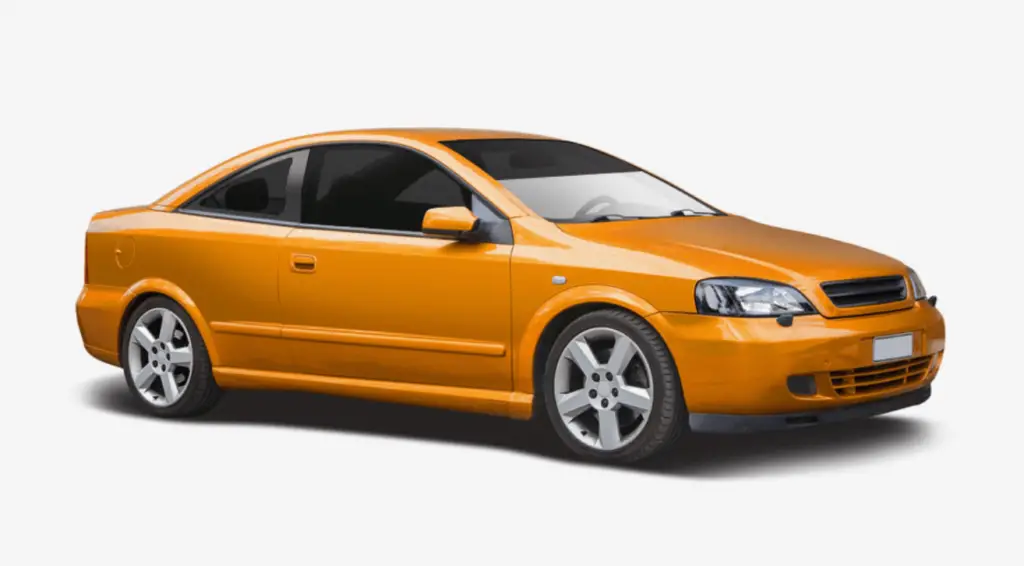
5 % Tint
This car has a window tint percentage of 5 tint. This “limo tint” blocks almost all of the UV rays and heat from entering the vehicle.
The 5 window tint on the car allows just 5% of the light to pass through.
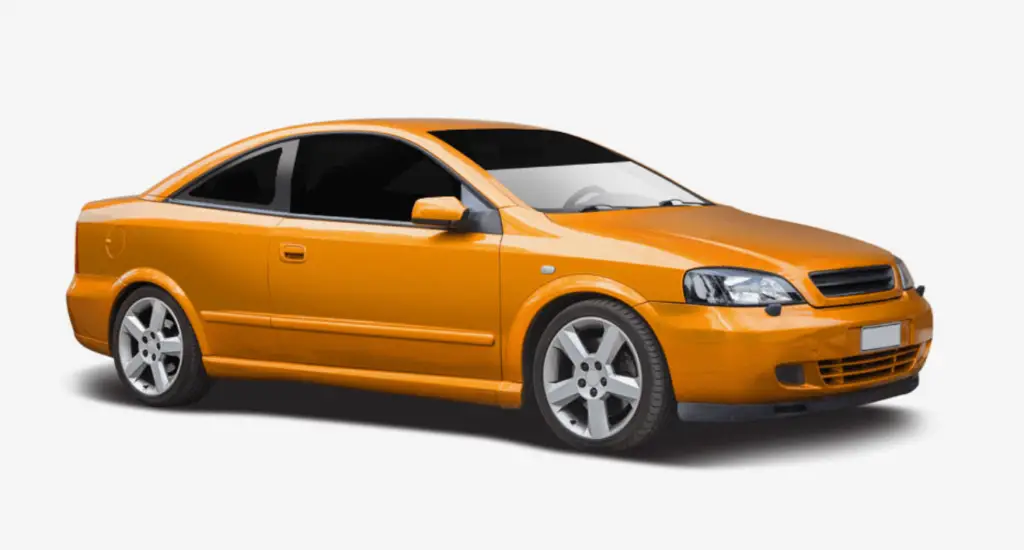
How to Choose the Perfect Window Tint Percentage For Your Car
If you’re ready to have your car windows tinted but you’re not sure about the window tint darkness scales, or the permissible legal window tint darkness levels in your state, review the above charts (tint percentage pictures) and information.
It’s better to take time to research window tint types, VLT %, and style considerations in advance of having window tint film installed on your vehicle than to find out after the fact that the tint is not effective, stylish, or worse, not legal in your state.
If you already have tint installed on your vehicle and are curious what tint percentage it is, you can use a window tint meter to scan and check the exact percent tint film that’s been applied.
If you have questions about tint darkness levels, Window Tint Laws is here to provide support and accurate up-to-date information for drivers.
